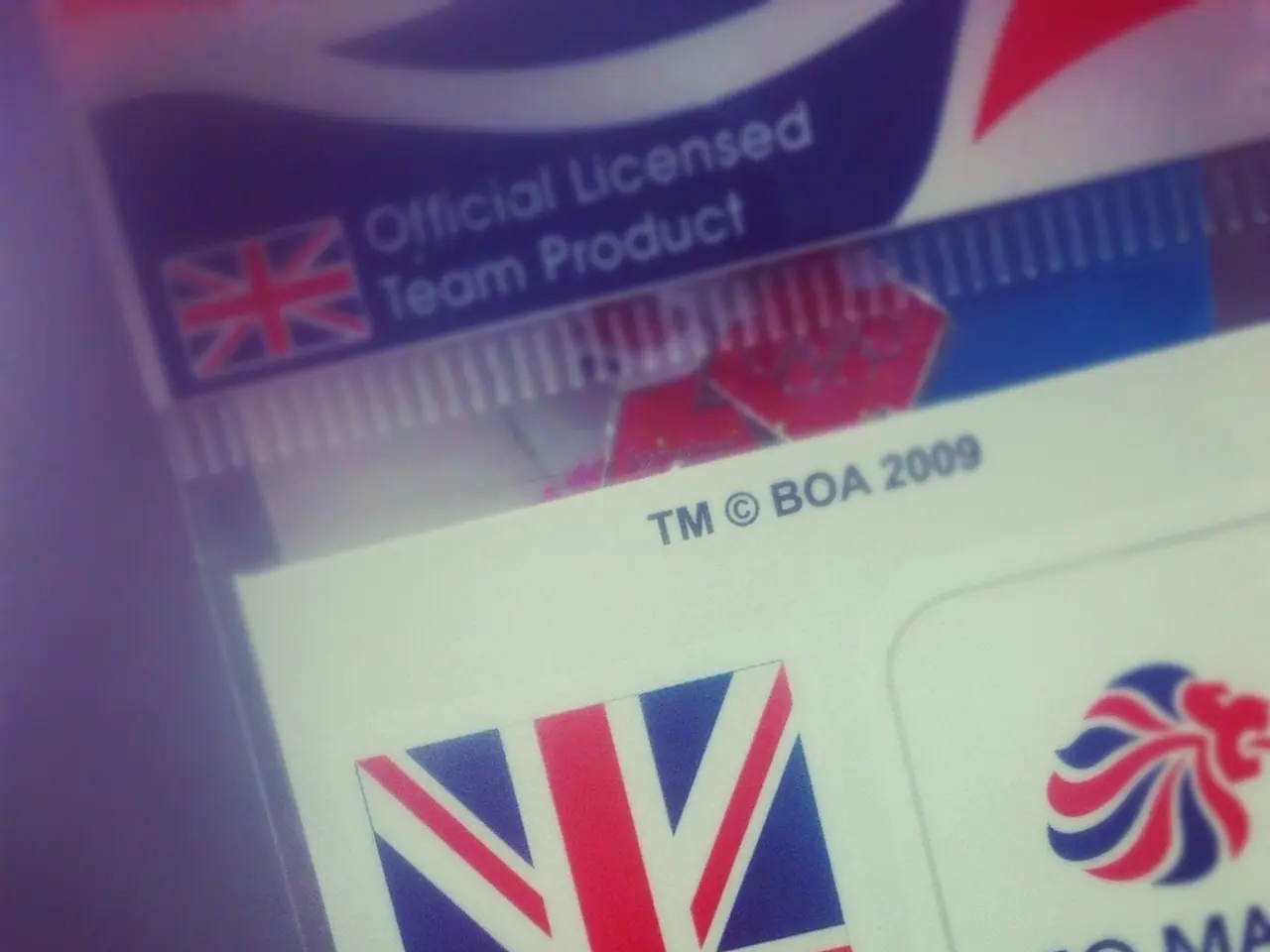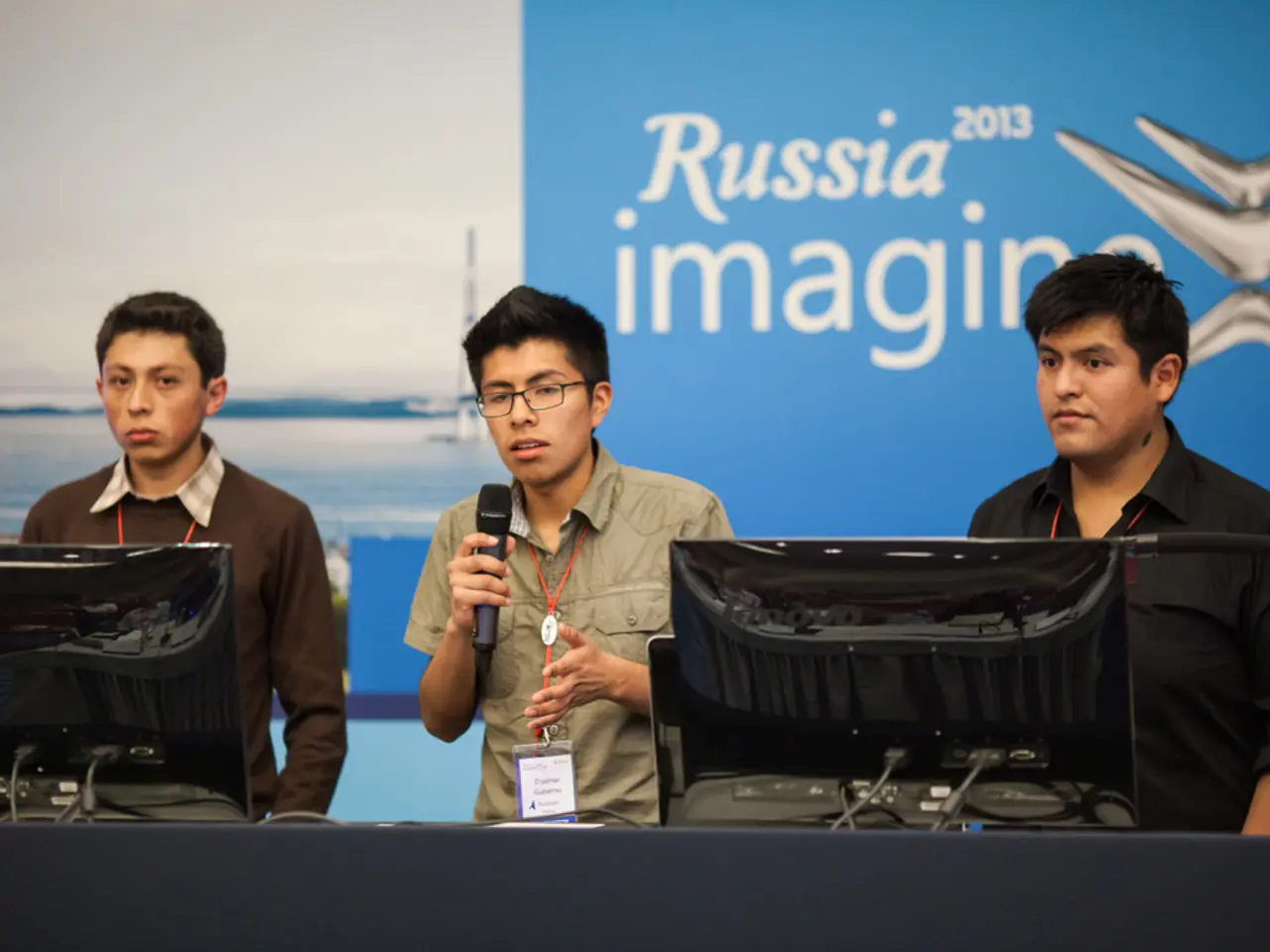Collaborative Strategy for Transatlantic Artificial Intelligence: U.S.-EU Trade and Technology Council Issues Practical Guidelines for AI Cooperation
The U.S.-EU Trade and Technology Council (TTC) has taken a significant step forward in AI cooperation with the launch of a joint AI roadmap. The roadmap, unveiled at the TTC's third ministerial meeting this week, outlines a three-pronged plan for AI risk management and trustworthy AI.
The short-term objective is to establish the objectives and methodology of the tracker, with a long-term view toward creating benchmarks and evaluations of AI risks. The tracker, intended to serve as a baseline for detecting and analyzing AI risks, will consider compound risks due to the interaction of several systems and unknown but predictable risks from new AI methods and contexts of use. It will be continuously updated to include new developments.
The TTC plans to cooperate on R&D for AI standards, promote continual expert-level information sharing, and convene stakeholders for appropriate representation. The EU and United States will also develop shared terminologies and taxonomies for operationalizing "trustworthy AI" and risk management. This collaboration aims to ensure that their respective policies are interoperable, and this includes having a shared understanding of key terms like trustworthy, risk, harm, etc.
The TTC's follow-through on this element of the roadmap presents an opportunity to prove its ability to deliver on building meaningful cooperation on tech standards. The success of the knowledge-sharing mechanism, which will monitor and measure AI risks, could demonstrate the TTC's capacity to foster transatlantic AI cooperation.
While the joint AI roadmap is a practical step forward on several ideas for transatlantic AI cooperation, as presented in the TTC's inaugural meeting, the current status or progress of the joint roadmap remains unclear. However, ongoing developments in AI policy and initiatives in both regions are evident.
In the U.S., the Trump Administration recently released an AI Action Plan to bolster U.S. leadership in AI. The plan includes over 100 policy directives and is accompanied by three executive orders aimed at accelerating AI innovation, enhancing AI infrastructure, and promoting U.S. AI exports globally. The approach emphasizes minimal regulation to foster domestic AI development, extensive infrastructure support, and strategic control over global AI standards.
In the EU, the focus is on making Europe a global leader in AI. The EU has strengthened its AI initiatives, aiming to develop and deploy AI within the EU. This includes the April 2025 AI Continent Action Plan, which focuses on digital sovereignty and innovation sustainability. Europe is experiencing a significant AI boom, with increased investment and a focus on these areas.
For detailed updates on the joint U.S.-EU AI roadmap, one would need to refer to specific reports or statements from the Trade and Technology Council (TTC) or other relevant policy documents. It is worth noting that both sides have different views on regulatory approaches to AI, such as responsibility for risk assessment and the balance between regulations and voluntary measures. The roadmap focuses on providing allied leadership in international AI standards.
- The TTC's joint AI roadmap includes a plan to develop shared terminologies and taxonomies for operationalizing "trustworthy AI" and risk management, aiming to ensure that their respective policies are interoperable.
- In the U.S., the focus is on fostering domestic AI development with minimal regulation, extensive infrastructure support, and strategic control over global AI standards, as demonstrated by the Trump Administration's AI Action Plan.
- In the EU, the focus is on making Europe a global leader in AI by developing and deploying AI within the EU, as shown by the EU's April 2025 AI Continent Action Plan.
- The TTC's cooperation on AI standards, R&D, information sharing, and stakeholder convening presents an opportunity to prove its ability to deliver on building meaningful cooperation on tech standards and fostering transatlantic AI cooperation.




